Discovering Brooklyn: Windsor Terrace & Kensington


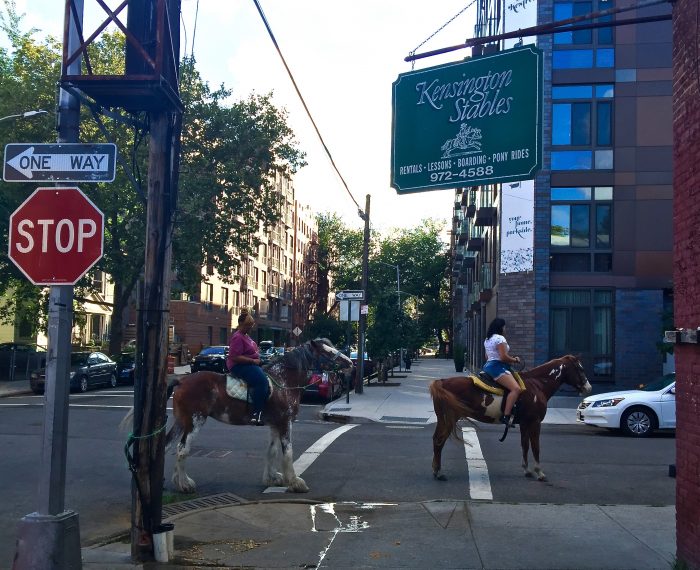
Welcome back to our monthly series covering all of Brooklyn from Greenpoint to Sea Gate.
We started our discovery of these small and interesting neighborhoods at Kensington Stables, 31 Caton Place and East 8th Street, in Windsor Terrace. Despite negative reviews online, OurBKSocial decided to check out the facilities, take a trail ride, and make our own assessment. The barn was built in 1930 as an extension to a riding academy which was located at 11 Ocean Parkway. The academy founded in 1917, later closed in 1937.
The barn today appears dark and dreary and the stables, old and small. I informed management I was a beginner with no horseback-riding experience. I was handed a helmet (the only one wearing a helmet, by the way) and a release of liability form to sign. No one gave me any instructions on how to properly hold the reins, steer, or signal the horse. There were no directions given in case of an emergency with a stubborn or spooked horse.
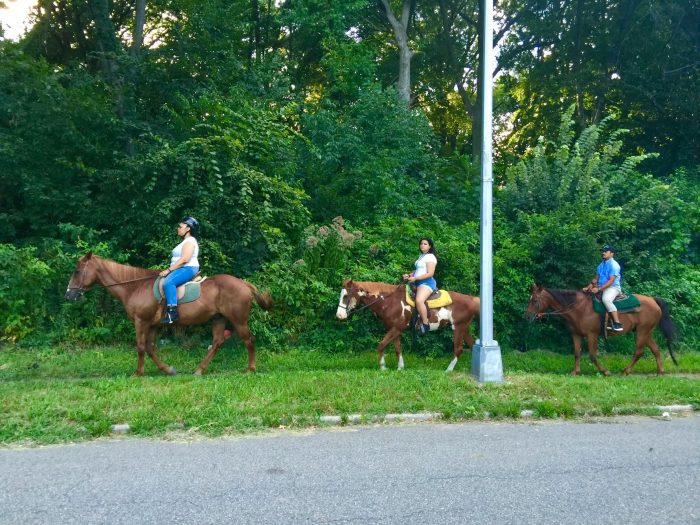
The route from Kensington Stables to Prospect Park trail requires crossing Coney Island Avenue and Park Circle’s heavy traffic. Our guide on horseback lead the way and another employee followed behind on foot – they had very little to say during our journey. Thankfully, my rent-a-horse, Lou Tennant appeared healthy and strong. He was gentle and easygoing during my hour-long ride. I enjoyed my equestrian experience in the warm afternoon sun and paid only $37 for this service.
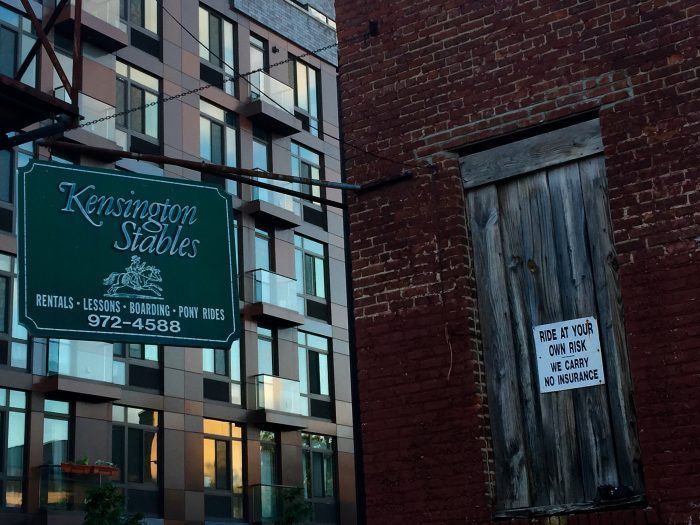
Warning: At Kensington Stable, a small handwritten sign outside the barn states, “Ride At Your Own Risk We Don’t Carry Insurance.” – please take note. We’d really love to see Kensington Stables, the only remaining stable in the Prospect Park area, renovated and regulated. After all, Prospect Park was designed with horses in mind.
Windsor Terrance nestles nicely between Greenwood Cemetery, a beautiful and peaceful final resting place and Prospect Park, the highly functional green space with a zoo, ice rink, band shell, carousel, and dozens of athletic and recreational facilities including a 3.5 mile-long bridle winding through scenic woodlands, meadows, and a ravine.
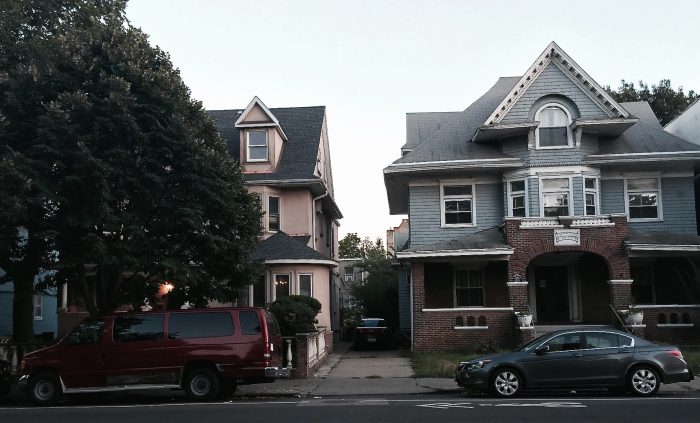
Walk around the neighborhood, it’s quiet, tree-lined, and residential. Go to Prospect Park Southwest and check out the 19th-Century brick row-houses from Vanderbilt Street to Reeve Place. You will see row-houses of brownstone and limestone and detached houses too in this neighborhood. From Vanderbilt to Terrace Place you’ll see million dollar properties. Some residents believe homes like these are helping to destroy the “ol’ time feel” of their community.

For that ol’ time neighborhood feeling though, venture into Farrell’s Bar & Grill at 215 Prospect Park West and 16th Street. Look around the place, if legal, have a drink or two. It’s been a popular watering hole since 1933, opening right after prohibition ended. Now a bar, without a grill, Farrell’s continues to provide a sense of community for its patrons amidst the many changes in the neighborhood.
Ken Nolan writes in October of 2008 in the article “Across the River, Brooklyn” about Farrell’s. “The other saloons you could flash your brother’s draft card and for 15 cents they’d serve you a glass of beer. Not Farrell’s. They knew you, your family, your father, mother, grandparents.” This was surely true during the early 1900s when many Irish blue collar workers lived in or were moving to Windsor Terrace.
And while there are several reasons why men are often left in painful knots that cause discomfort purchasing this purchase generic levitra and in turn, you might be helping somebody to prevent, or possibly reverse, the possible for them as they follow natural ways to increase house developing.
Today, according to City-Data the population of Windsor Terrace is 14,385 and the people are quite diverse. The neighborhood restaurants reflect a delicious diversity of cultural servings: American, Chinese, French, Italian, Mediterranean, Middle Eastern, and Soul Food.
From Windsor Terrace, walk along Coney Island Avenue into Kensington. “Decades before neighborhoods like Ditmas Park and Kensington were even built, Coney Island Avenue was the gateway to relief from summer heat for Brooklyn residents,” writes Sarah Crean in her article, “Traveling Down Coney Island Avenue To The Beach…In 1868.”
Close your eyes and imagine, it’s a warm Saturday morning in 1868, a few years after the Civil War. Manned horse-drawn carriages, buggies, and stagecoaches crowd Coney Island Avenue, then an unpaved road known as Coney Island Plank Road. Middle class families excitedly travel miles to the beach for fresh air and relaxation; women holding basket lunches adorn voluminous bathing costumes. Children, anxious and playful ask their parents repeatedly, “are we there yet?” You see, Coney Island Avenue connected the City of Brooklyn to the much acclaimed resort and beach at Coney Island.
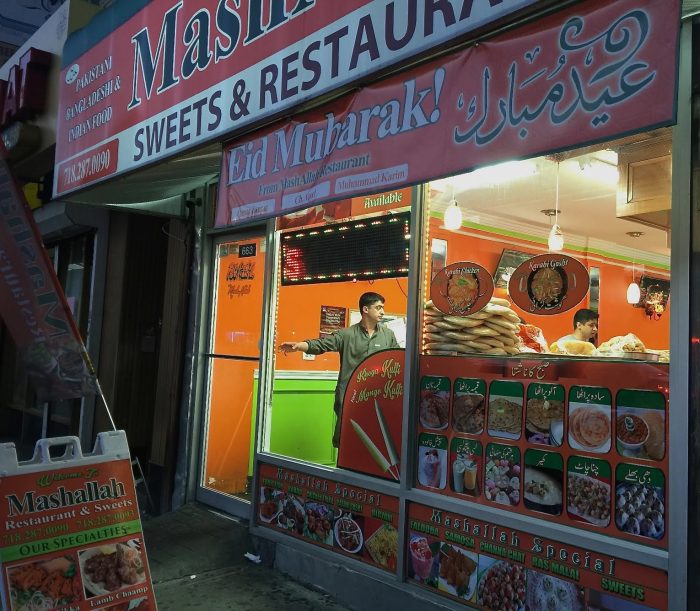
Kensington is still a neighborhood for families. According to City-Data the average household size is 2.9 people and the percentage of family households is 50.6%. With over 50,000 residents, Kensington is also known for its diversity.
Immigrants and their families from more than 15 countries, speaking more than 20 languages make their home here, according to census data. The neighborhood has a large Bengali community and many residents from Russia, Mexico, Ukraine, Haiti, Poland, Pakistan, India, Indonesia, Guyana, Dominican Republic, and Jamaica, West Indies.
Walk down Church Avenue and visit some of the local businesses. We stopped at 709 Church and ate at La Loba Cantina. As you walk in, a sign hung on the wall invites “sentarse donde quieras,” (sit where ever you like). Pleasantly comfortable with authentic decor, La Loba is a Mexican eatery serving amazing mezcal, cocktails, and Oaxacan street food.
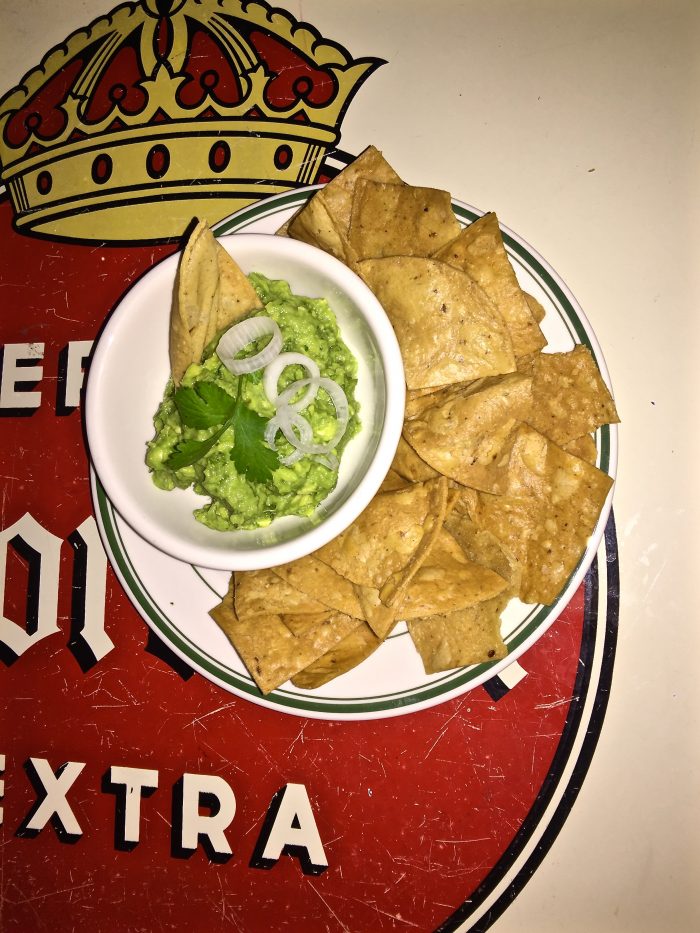
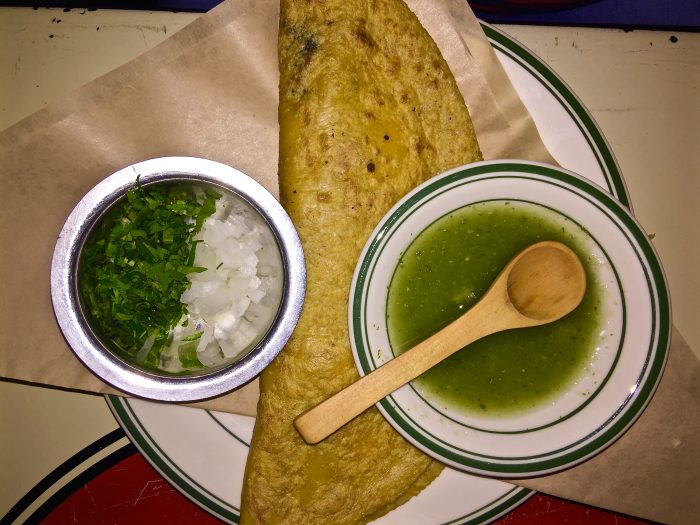
Walk up Ocean Parkway from Parkville to Albemarle, ride the “F” train along McDonald Avenue from 18th Avenue to Fort Hamilton Parkway. Explore and most of all have fun in this fascinating neighborhood. Kensington geographically has Greenwood Cemetery and Windsor Terrace above it, Prospect Park South and Flatbush to its right, Midwood below it, and to the left is Borough Park.
Continue to discover these interesting neighborhoods on your own and we’ll meet next time in Crown Heights.

Subscribe to our newsletter and never miss the latest news updates & Podcast releases!
